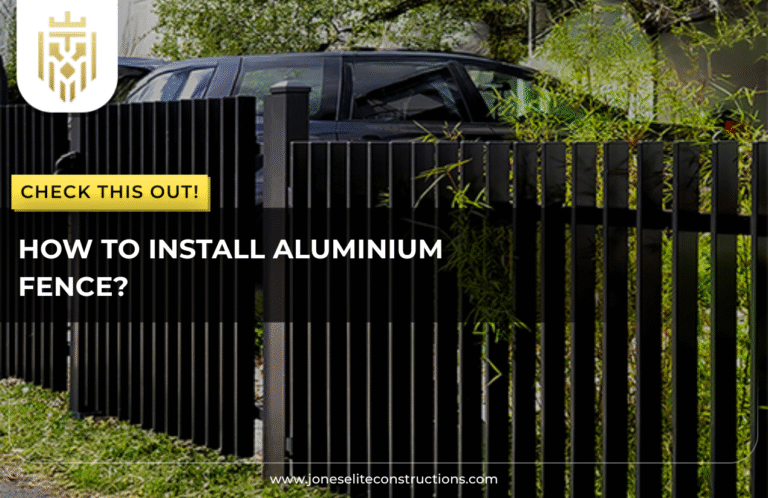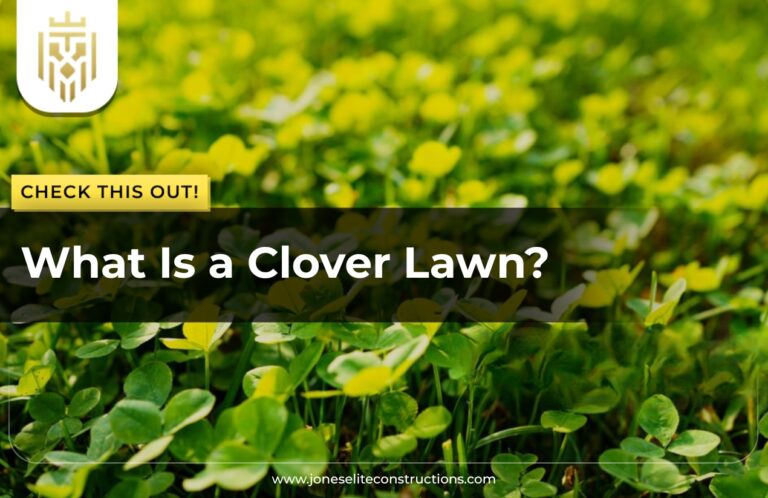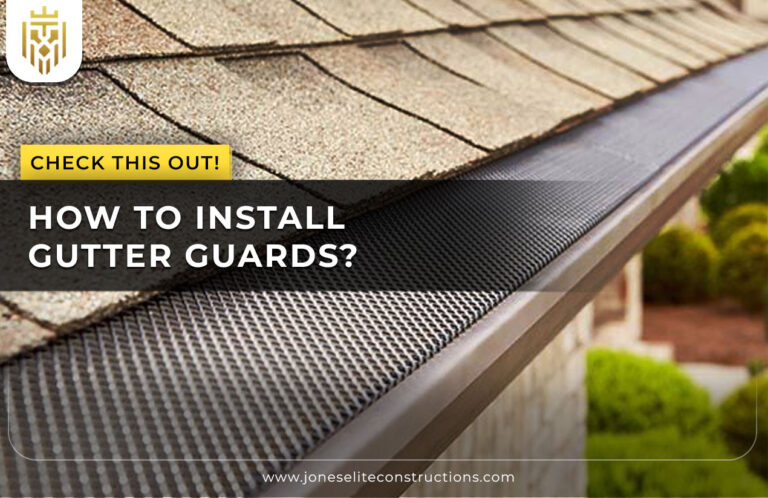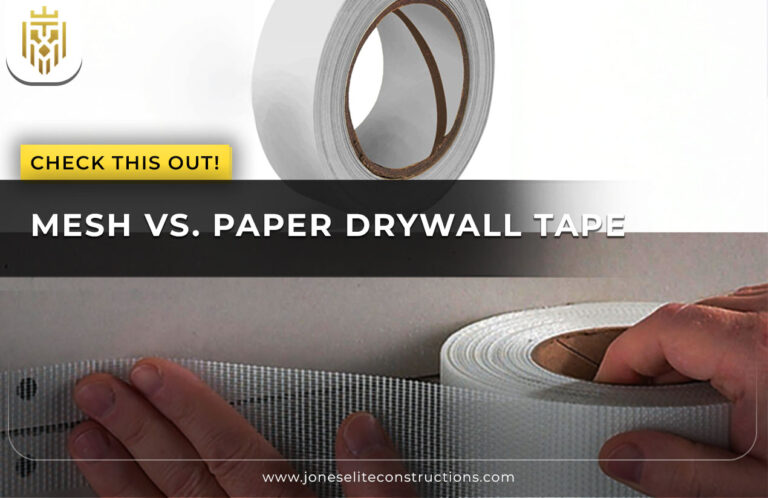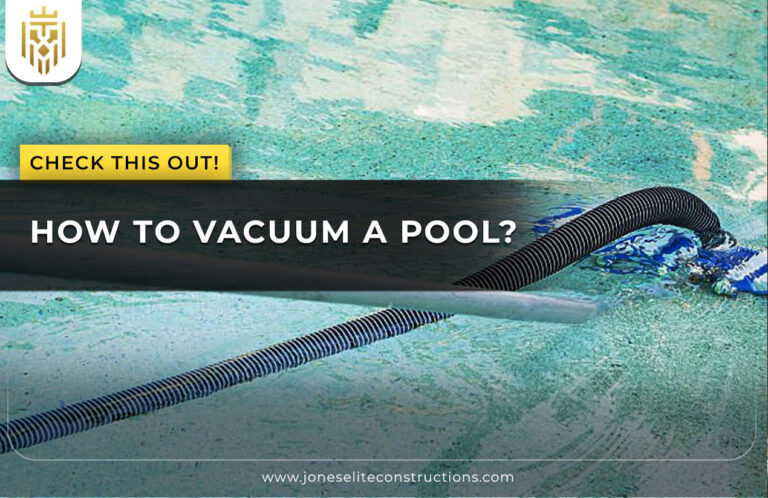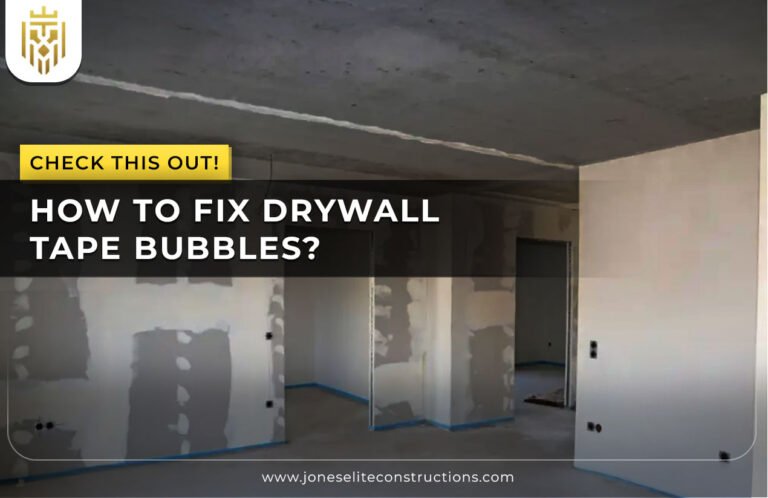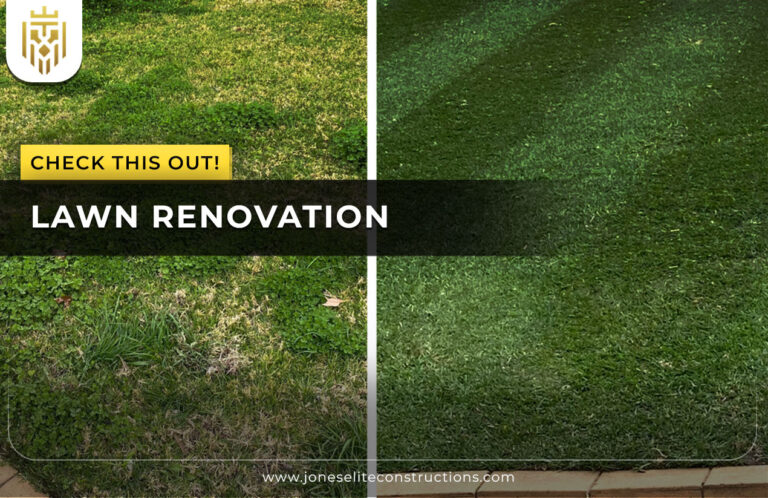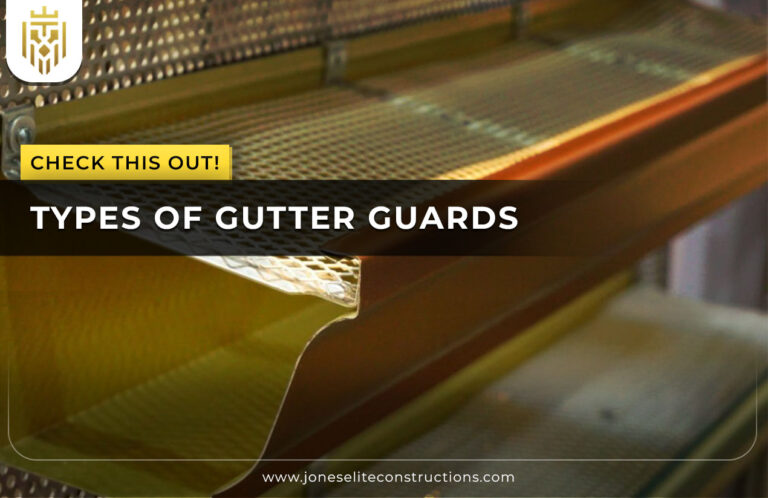What are Gutters?
Gutters are water troughs generally put across roofs and along roads in order to collect and divert water away from structures. Knowing what are gutters and its types are instrumental in protecting foundations, preventing erosion, and controlling water drainage during heavy rains and storms.
Different Types of Gutters
Some of the various types of gutters include K-style, half round, fascia gutters, and box gutters. The gutter types listed vary in their material choices like aluminium, copper, steel, or vinyl. Each choice has its own sets of pros cons that translate into aesthetics, durability, and functionality for homes or buildings.
Types of Gutters Based on Shape
Different shapes of gutters include K-style, half-round, box gutters, and fascia gutters. Each type varies in its appearance, capacity, and applicability depending on the roof structure and rainfall volume.
-
K-Style Gutters
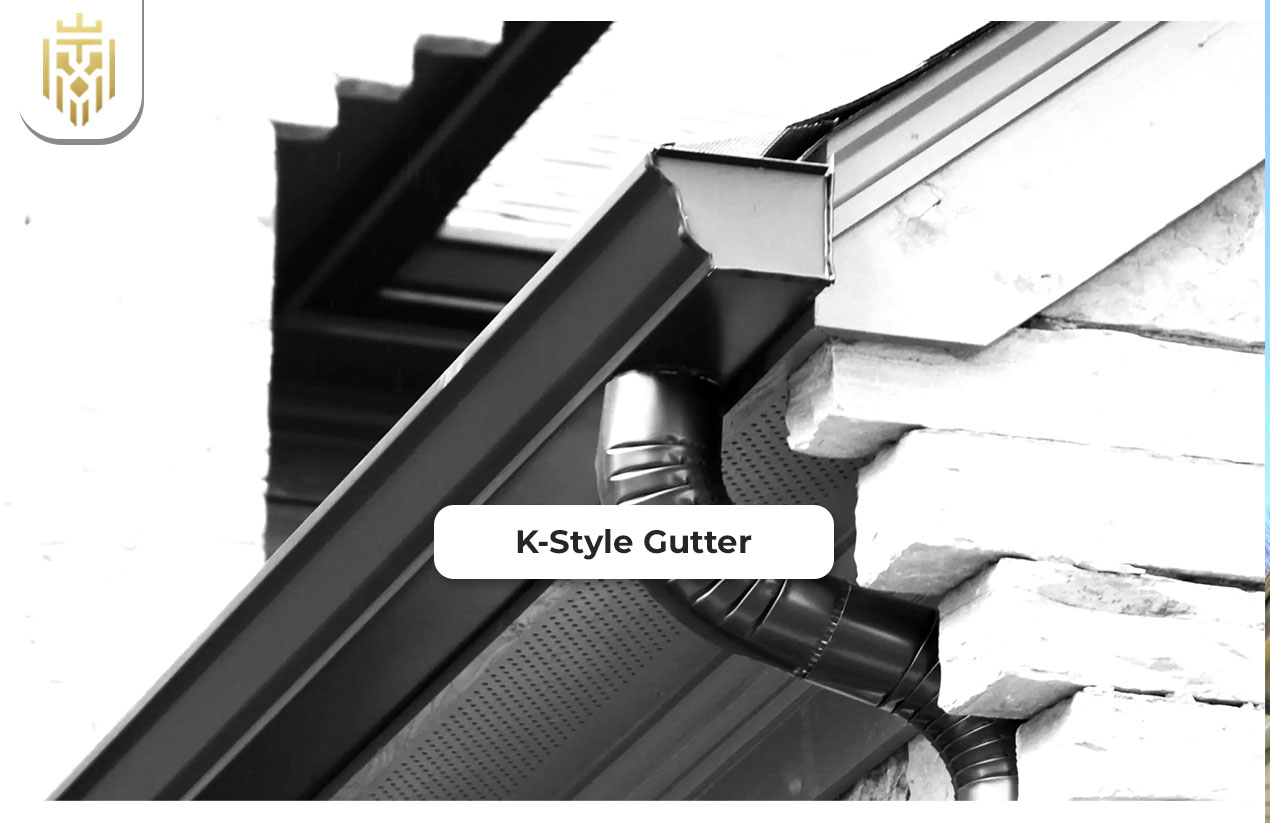
K-style gutters are among the most commonly used gutter types, appreciated for their water-carrying capacity and aesthetic appeal. The pros cons are apparent with this category, which handles large amounts of water but is more difficult to clean than the half-round or round-box varieties.
-
Half-Round Gutters
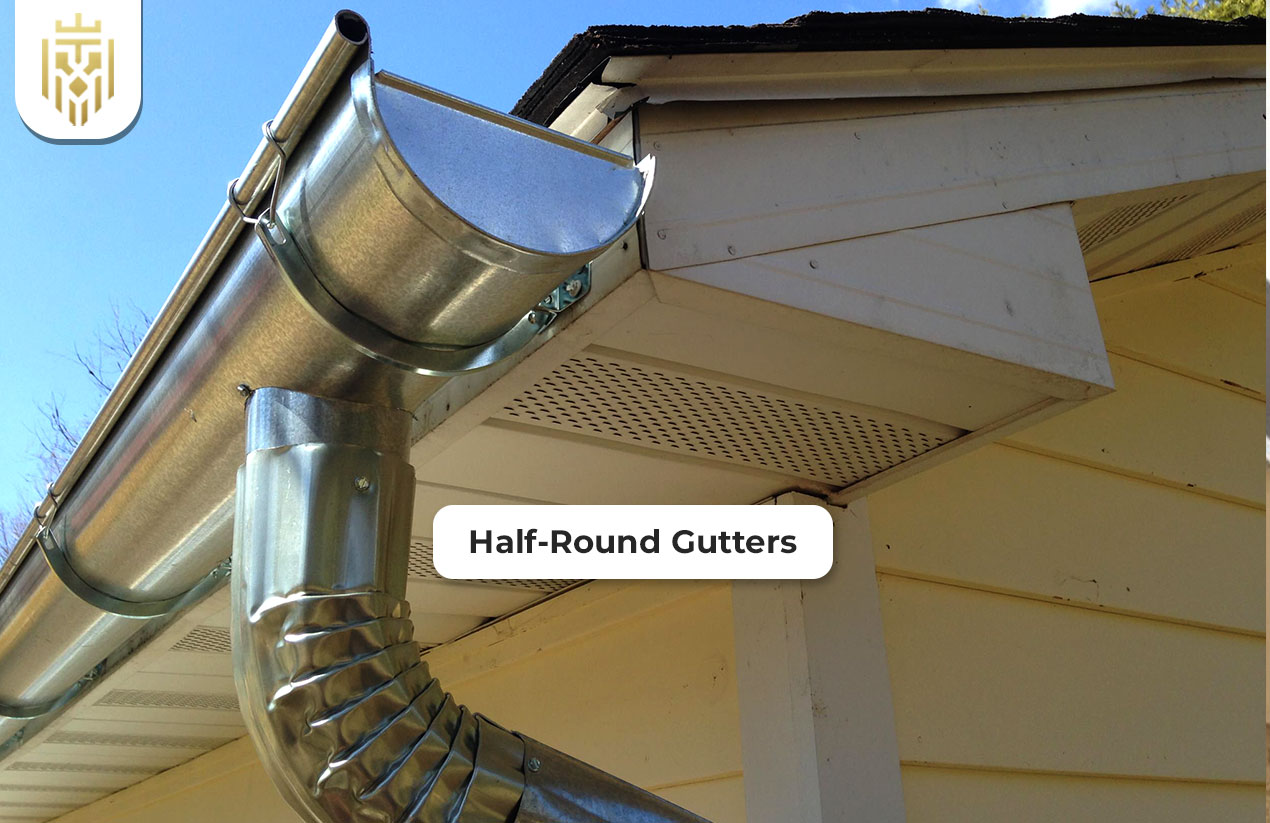
Half-round gutters are classic in appearance and easy on maintenance. Historically, they fit nicely into old homes. They also have disadvantages: they have less capacity than K-style gutters, so they are less appropriate where heavy rain is an issue.
-
Box Gutters
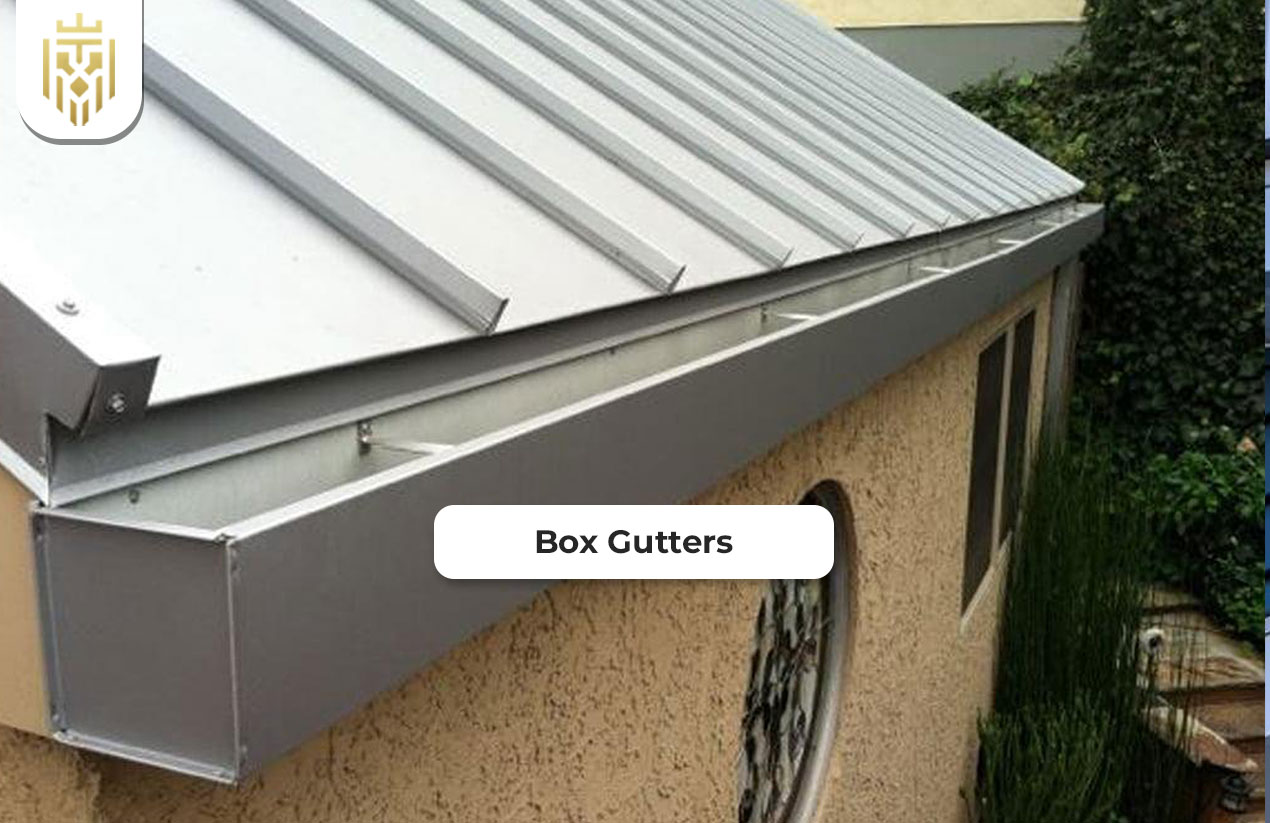
Traditionally known as round box gutters or square gutters, box gutters work great for commercial application, with a contemporary design and great capacities. They act as the marriage of design and function among gutter types, but they need a lot of maintenance and usually require professional help to install.
-
Seamed Gutters
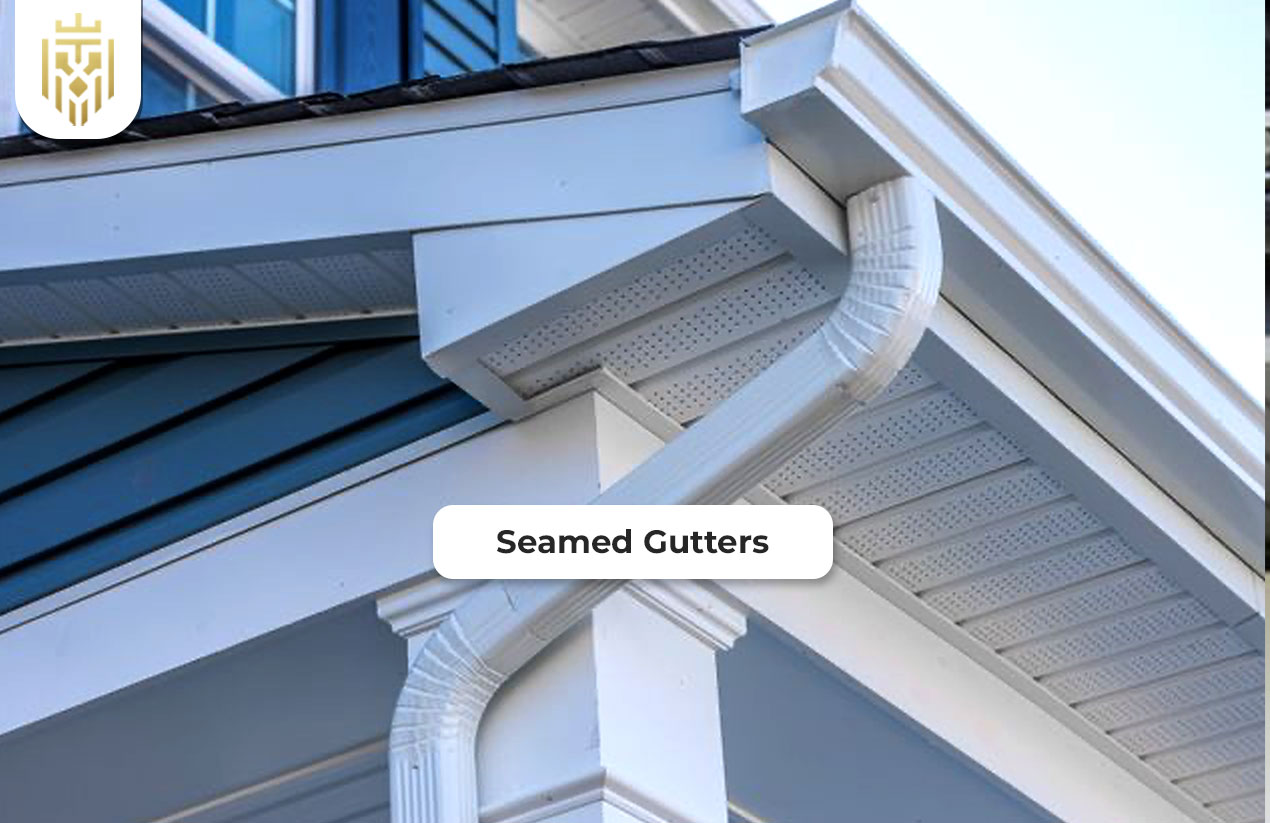
Seamed gutters can come in K-style, half round, and fascia varieties as sections. These gutters are inexpensive and easy to install. However, although offering design flexibility, seamed gutters increase the risk of leakage with time. Therefore, the pros cons of seamed gutters should be considered.
-
Seamless Gutters
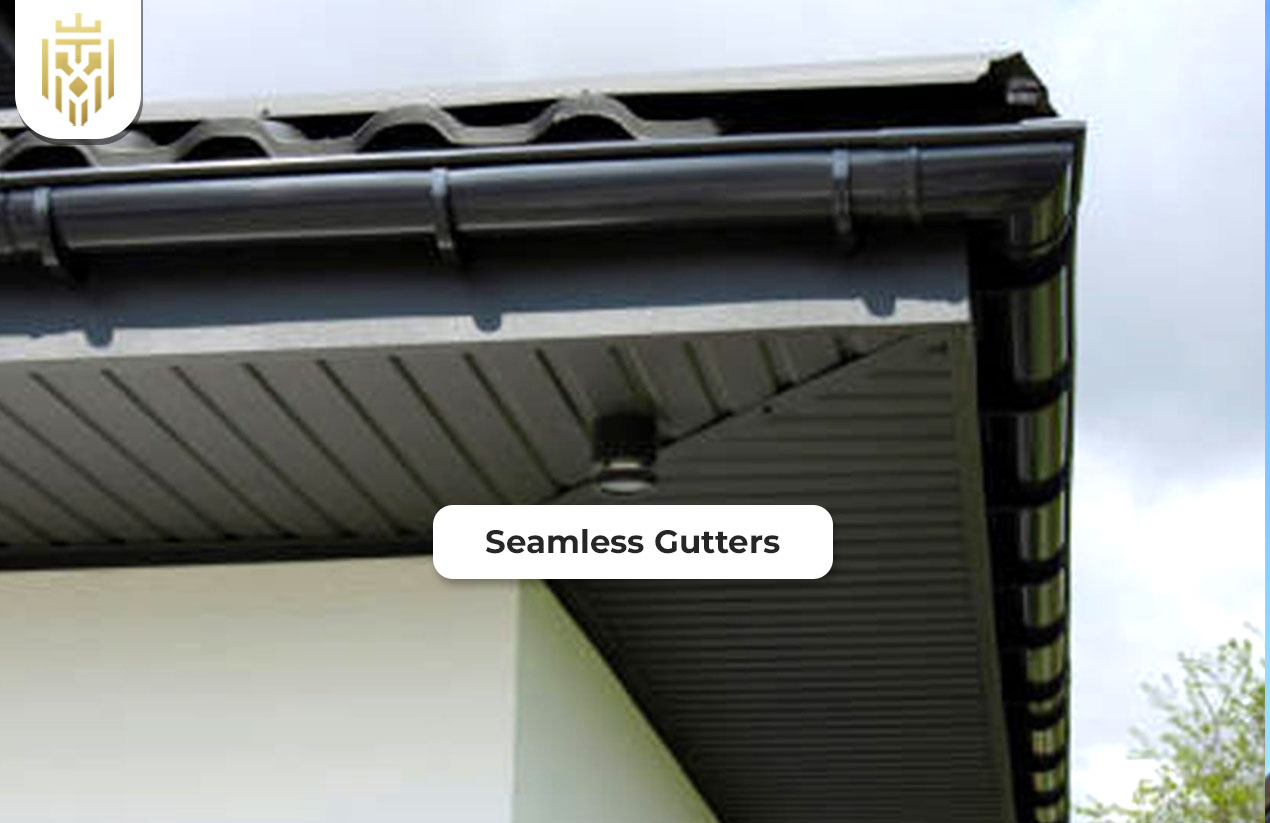
Seamless gutters sport a clean, continuous appearance in K-style, box gutter, or half-round styles, and are sold and installed in pieces. These types of gutters have fewer problems with leaks, unlike the seamed systems, and they look cleaner aesthetically. However, their installation must be highly accurate; therefore, they tend to be costlier in initial investment.
-
Custom Fascia Gutters
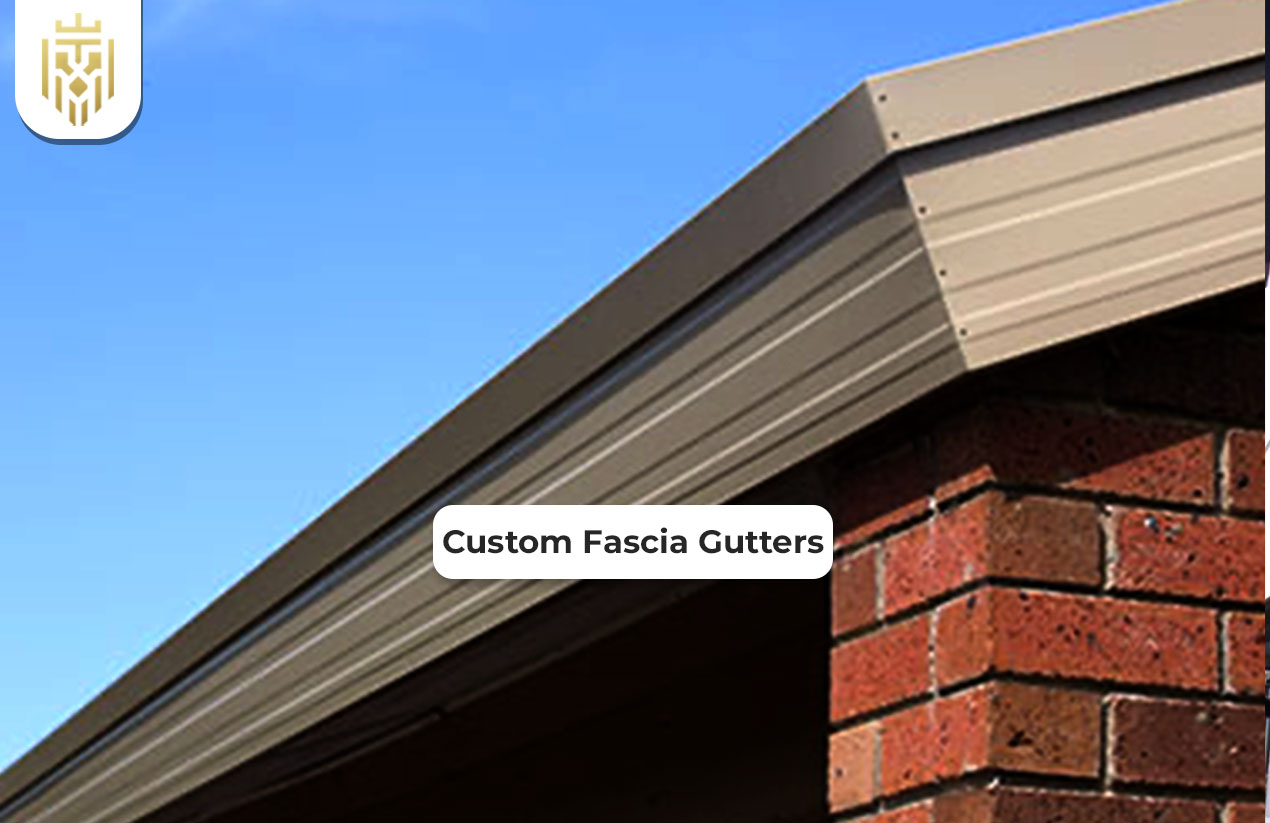
A fascia gutter, particularly a custom-molded one, has a nice flush look because it is fitted into the fascia board. They’re seamless gutters, customarily of aluminium, having high resilience and good structural elevation. Their pros cons are expensive guttering and needs professional installation.
Types of Gutters Based on Material
The gutter types differ based on their substances: aluminium, copper, steel, vinyl, and zinc. Each material, therefore, affects the pricing, durability, and weather resistance attributes, hence guiding homeowners on what type of gutters are best suited for long-term use.
-
Aluminium Gutters
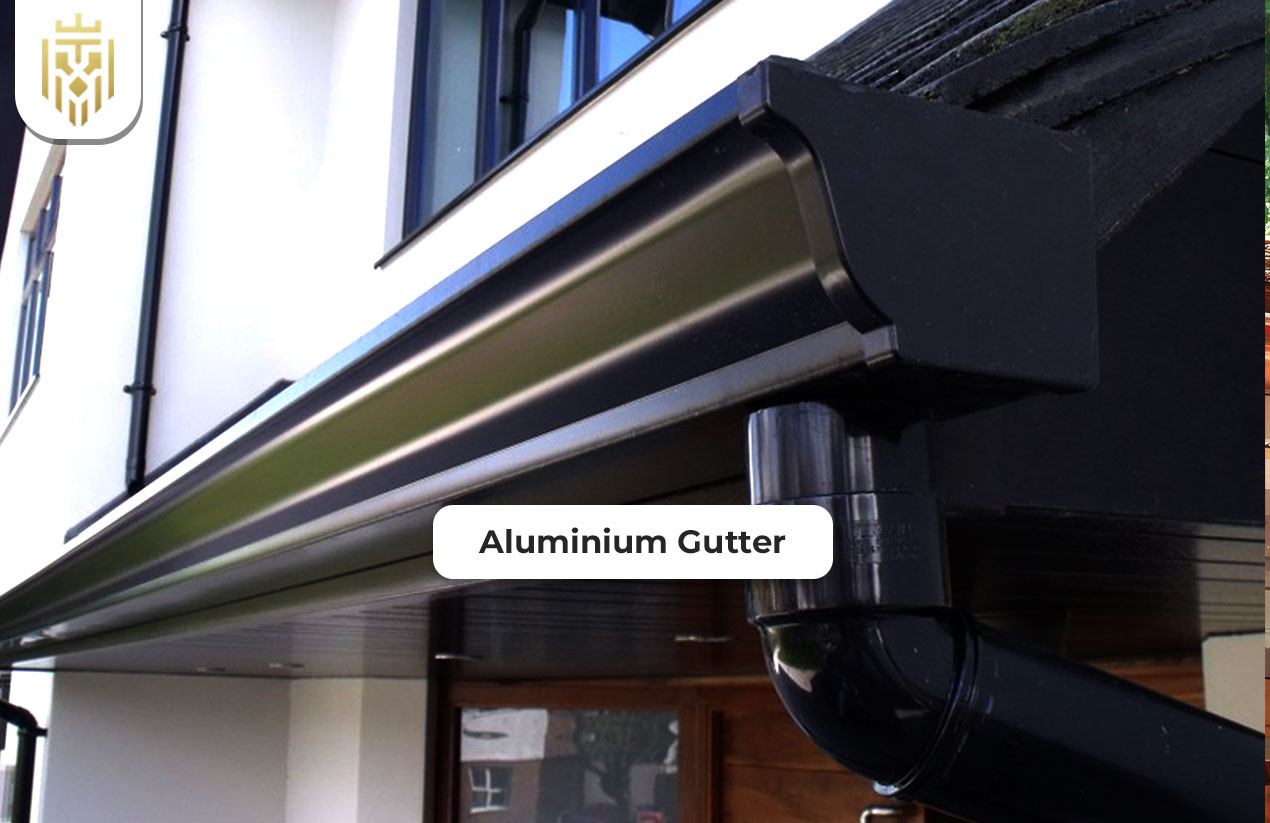
An aluminium gutter is one of the most popular types of gutters, prized for being rust-resistant and durable. Half-round and K-style options are available, suitable for most climates and with meagre-maintenance, making them amongst the most reliable types of gutters available.
-
Copper Gutters
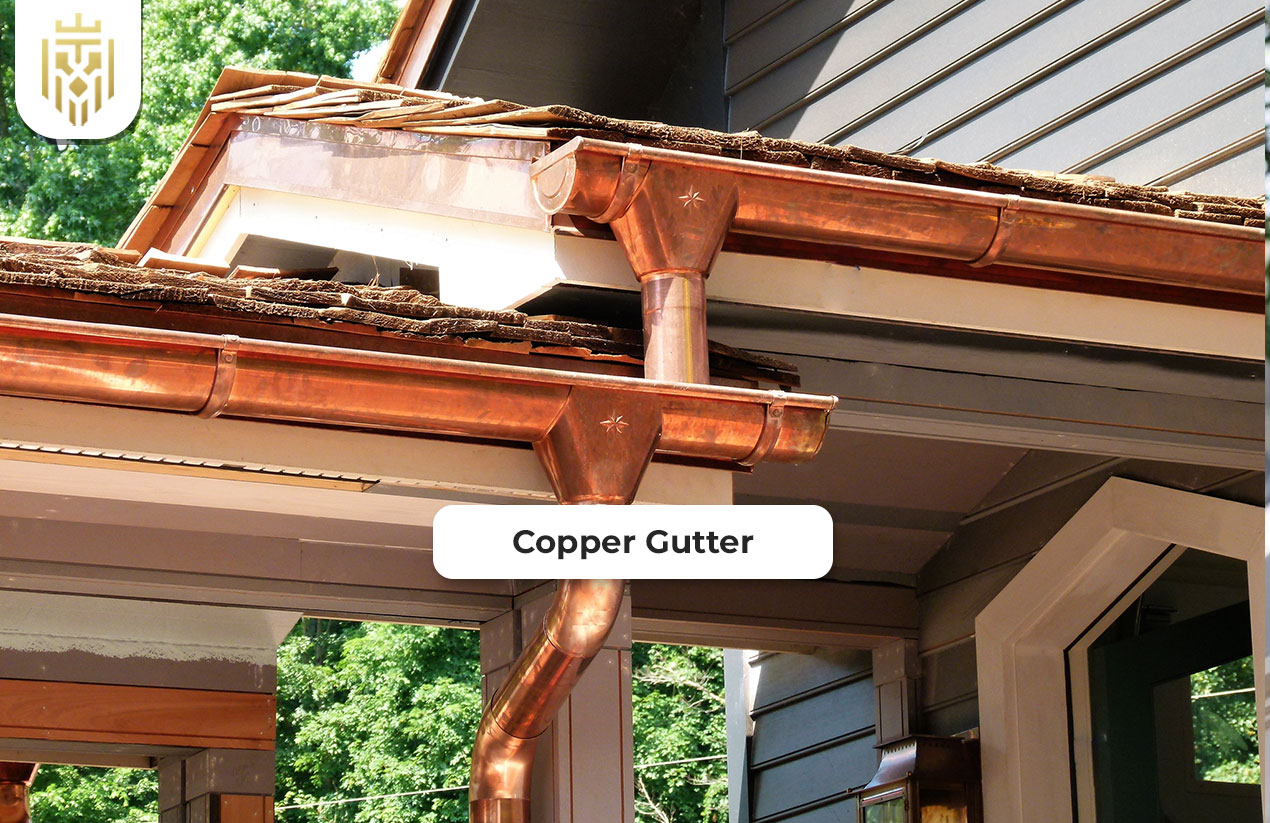
Copper gutters are premium gutter types combining durability with beauty. They develop an attractive protective patina over time. They are costly, but they offer longevity and aesthetics, making them more appropriate for high-end types of gutters suited to traditional or luxury homes.
-
Vinyl Gutters
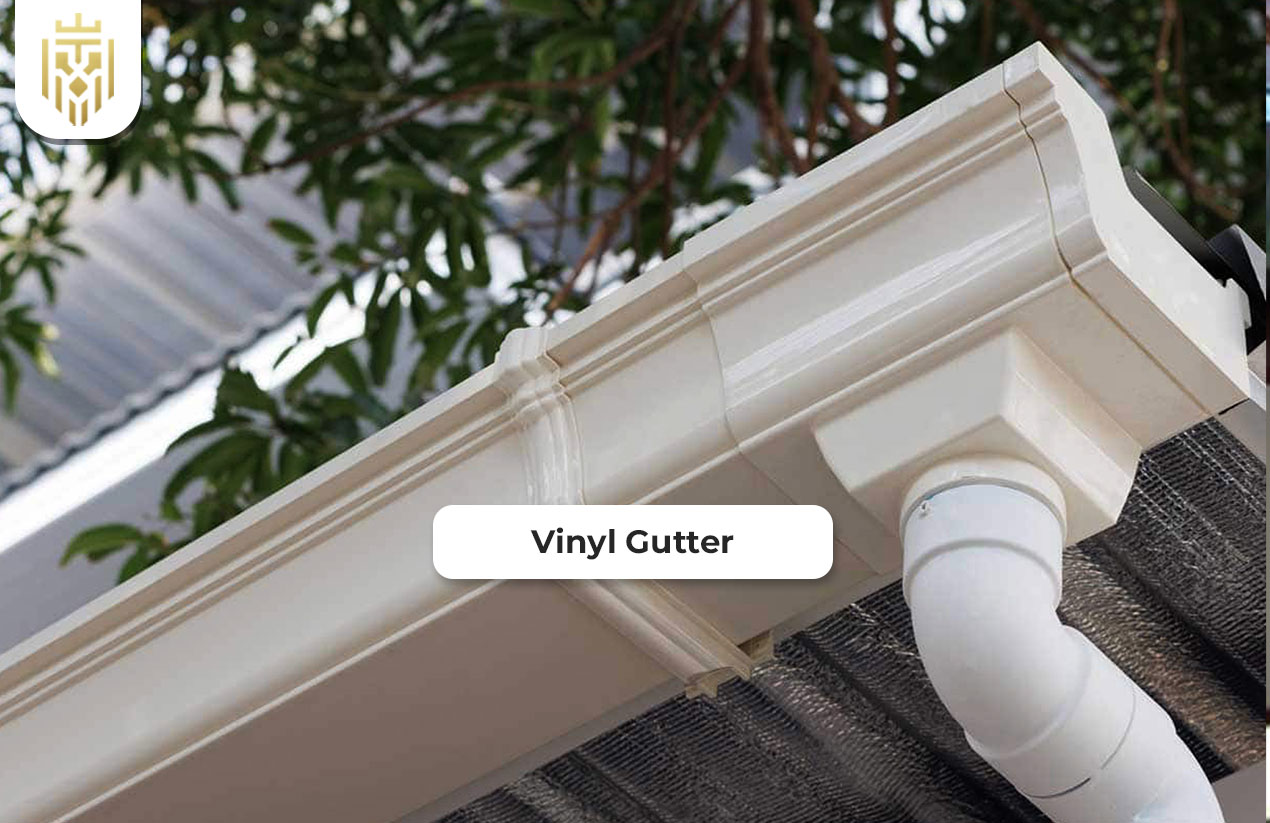
Vinyl gutters are quite light and easy to install. These types fit pretty well for DIY wood types. These gutters will not rust but will warp under adverse weather. Among the types of gutters, vinyl provides the best in price with medium durability, especially in mild climates.
-
Steel Gutters
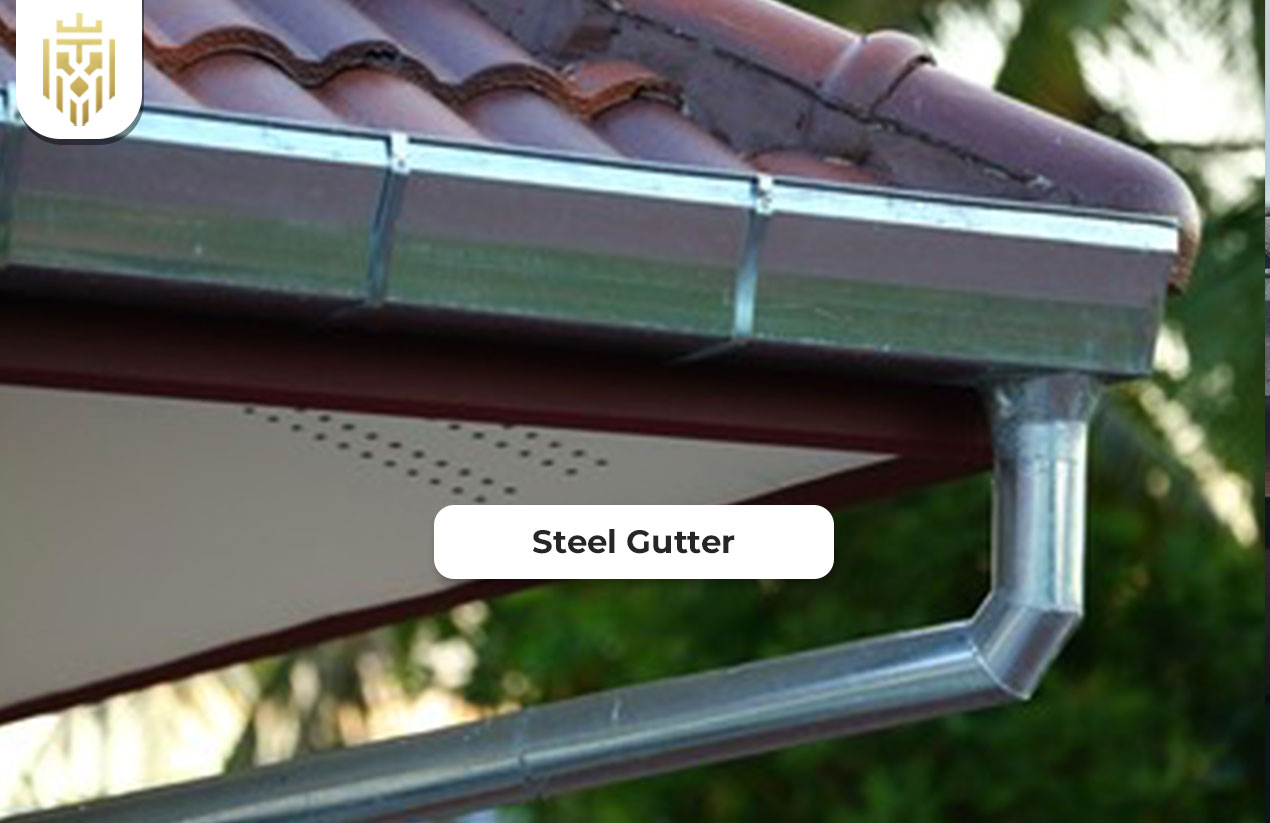
Steel gutters are surprisingly strong, resilient, and durable; this applies to both galvanised and stainless steel gutters. Indeed, being the hard types of gutters, they can pretty much take anything when it comes to heavy rains and heavy snows. Well, they do have their disadvantages, such as rust if not treated and high weight compared to aluminium.
-
Zinc Gutters
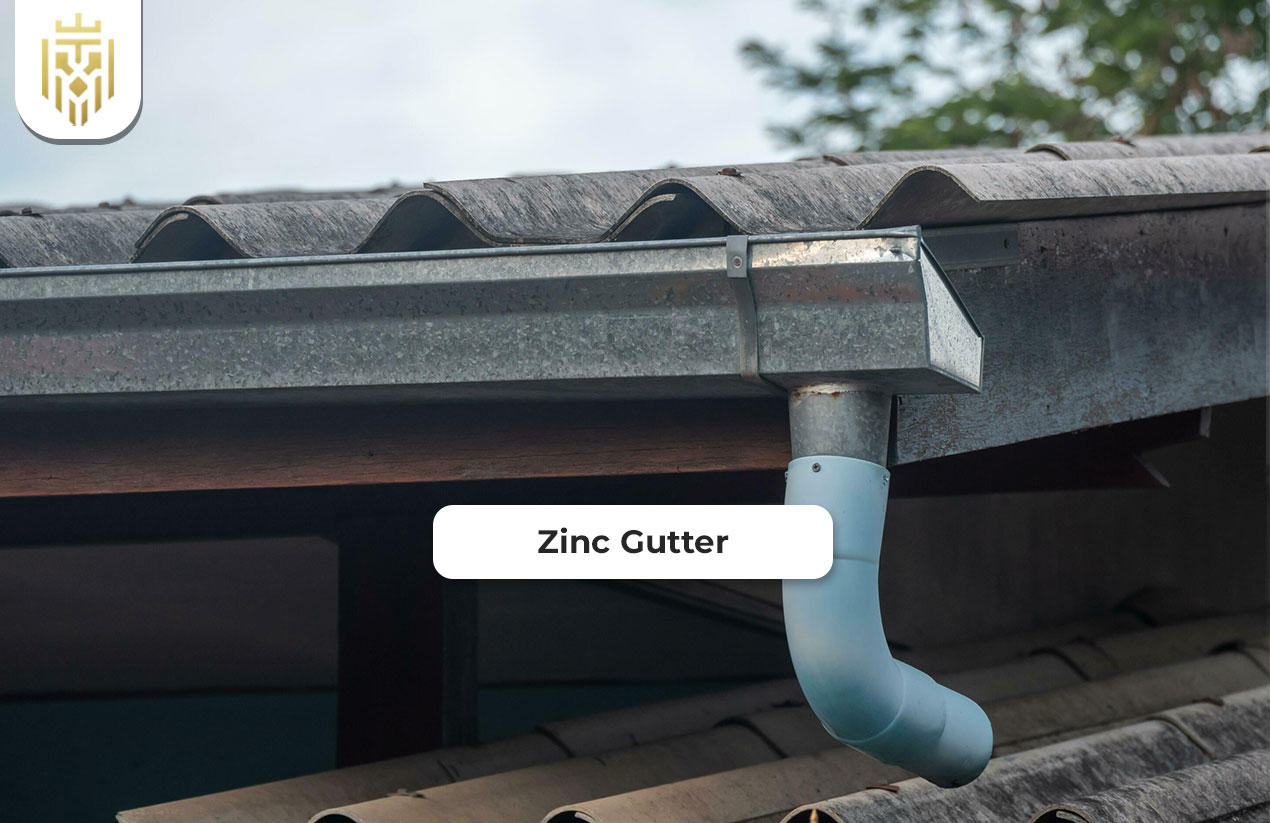
Zinc gutters acquire a natural patina that gives them long-lasting rust and scratch resistance. These gutters are ecologically-friendly and durable. A bit more expensive, they are worth it, however, because of the long life expectancy and low maintenance associated with them, particularly if the area requires one to invest in durability.
Things To Consider Before Choosing the Right Gutter for Your Home
Before choosing one gutter type or system over another, consider the local climate, aesthetics of the home, the desired maintenance level, and the expected lifespan of the materials. Work with durable materials that provide for good flow like fascia gutters or aluminium, which fit your maintenance profile in that region.
-
Climate
The weather almost dictates what kind of gutter is best for your house. Box gutters or K-style are good in areas of abundant rainfall. Coastal regions may require rust-resistant materials such as aluminium or copper to defend against moisture and salty air reasonably well.
-
Aesthetics
Aesthetics are an important consideration for gutters visible on fascia or decorative half-round designs. Picking gutter types that work well with your home exterior while being functional is key. Material and shape should match with your architecture for seamless and harmonious finish.
-
Maintenance Level
Other gutter types comprise others having more or less maintenance requirements. Seamless gutters and fascia gutters are mostly considered less maintenance than seamed ones. Selecting aluminium as a material for your gutters makes rust issues less of a concern. Weighing each gutters type versus your local climate and ease of cleaning becomes important when making a gutter choice.
-
Material Durability
Durability varies among materials. Copper and aluminium gutters can last longer with little maintenance. On the other hand, vinyl gutters may be prone to cracking in time. Knowing the pros and cons of each material will help you choose the right option among the types of gutters offered.
FAQs
1) What are the Different Types of Gutters?
Some of the various types of gutters include K-style, half round, fascia gutters, and box gutters. The gutter types listed vary in their material choices like aluminium, copper, steel, or vinyl. Each choice has its own sets of pros cons that translate into aesthetics, durability, and functionality for homes or buildings.
2) What are Gutters?
Gutters are water troughs generally put across roofs and along roads in order to collect and divert water away from structures. Knowing what are gutters and its types are instrumental in protecting foundations, preventing erosion, and controlling water drainage during heavy rains and storms.
3) Which type of gutters are best?
The weather and design requirements will dictate what types of gutters are most suitable. K-style gutters can work with any home, whereas fascia gutters suit clean modern lines. Always weigh the pros and cons, for instance, capacity versus cost versus control of installation labour.
4) How to Choose the Right Gutter for a Home?
To select the correct gutter, determine your roofing area, climate, and aesthetics. Close any comparison between round box and fascia gutters while weighing the respective pros and cons before coming up with a final decision.

